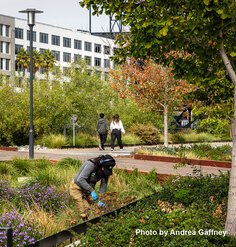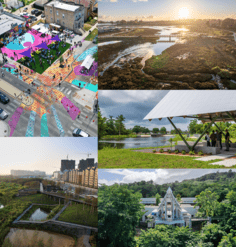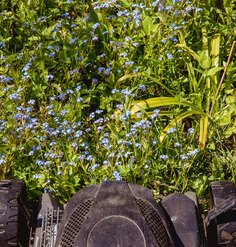CSI: Assessing the Impacts of Restoration at the Houston Arboretum
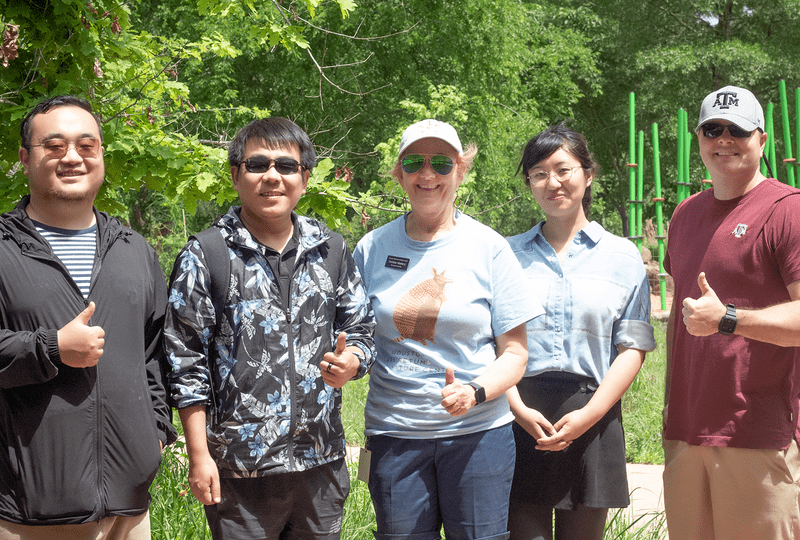
As one of the oldest nature education centers in Texas, the Houston Arboretum and Nature Center has provided visitors with an opportunity to learn about the native plants and animals living there since it opened in 1967.
Damage from Hurricane Ike in 2008, however, coupled with a severe drought three years later, left the 155-acre arboretum damaged and in need of repair. It experienced a 50-percent loss of tree canopy and subsequent encroachment of invasive species.
The good news for Houston residents is that arboretum leaders didn’t let these challenges deter them from their mission. Instead, they viewed the setbacks as an opportunity – one that led them to develop a new master plan and draw on the expertise of landscape architects to bring the arboretum back to life.
This summer, as part of the Landscape Architecture Foundation’s Case Study Investigation (CSI) program, a team from Texas A&M University conducted research on the environmental, social, and economic benefits of the first phase of the arboretum’s restoration. The project was more than just a reforestation – a process that requires years of tree upkeep and replacement. Phase 1 included the establishment of new walking trails, creation of 20 acres of prairie and savanna ecosystems with native plant species, the use of old, damaged trees for new purposes, establishment of new wetlands, and other improvements on approximately 65 acres within the sprawling arboretum.
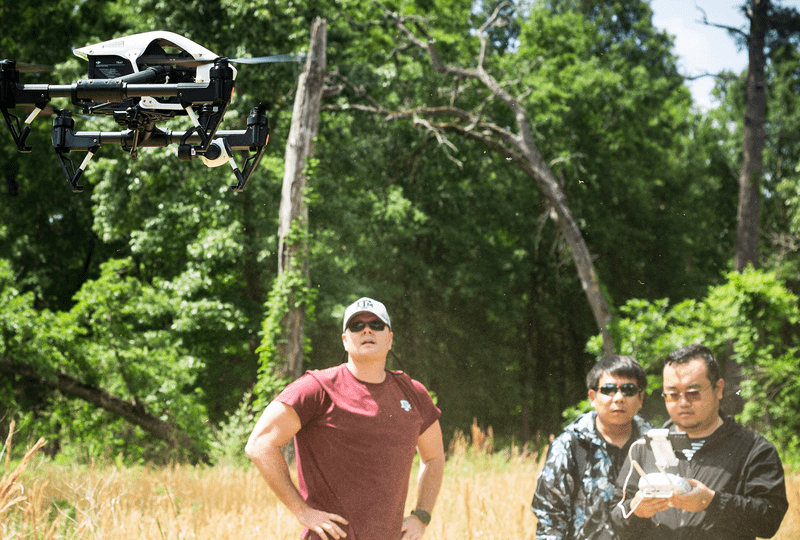
For Texas A&M CSI Research Fellows Galen Newman and Dongying Li, along with Student Research Assistants Rui Zhu, Dingding Ren, and Zhihan Tao, the research was enlightening. Each team member assessed different aspects of the arboretum restoration project. The team partnered with the landscape architecture firms that led the project as well, Design Workshop and Reed Hilderbrand. They also worked closely with Debbie Markey at the arboretum, whom Newman described as a critical liaison between the Aggies and designers, to gather any additional information they needed.
“I couldn’t have asked for a better team,” Newman said. “It was super collaborative.”
The team’s findings showed the park has significant benefits. Converting areas to prairie/savanna ecosystems through seeding instead of replanting the trees damaged by the natural disasters, for instance, is expected to save $2.8 million in watering and replacement costs over the next 15 years. The arboretum’s use of goats to keep grass and vegetation in check already has saved the arboretum $27,000.
On the environmental side, the team used modelling to estimate that the arboretum decreases stormwater runoff by 7 percent, chemical pollutants by 13 percent, and bacterial pollutants by 16 percent. The arboretum also reduced temperatures in the middle of the surrounding urban heat island, especially important in the humid Houston climate.
Socially, the arboretum serves a wide demographic, with approximately 1/3 of visitors identifying as Hispanic. As compared to pre-renovation visitor totals in 2016, visitors increased by 151% in the first year of renovation completion (2019), 271% in the second year of renovation completion (2020), and 222% in the third year of renovation completion (2021). There were over 1.6 million visitors from after the renovation in January 2019 until March 2022. Surveys revealed visitors come to the arboretum to “get away” from the city, and that the space helps lower visitors’ feelings of anxiety.
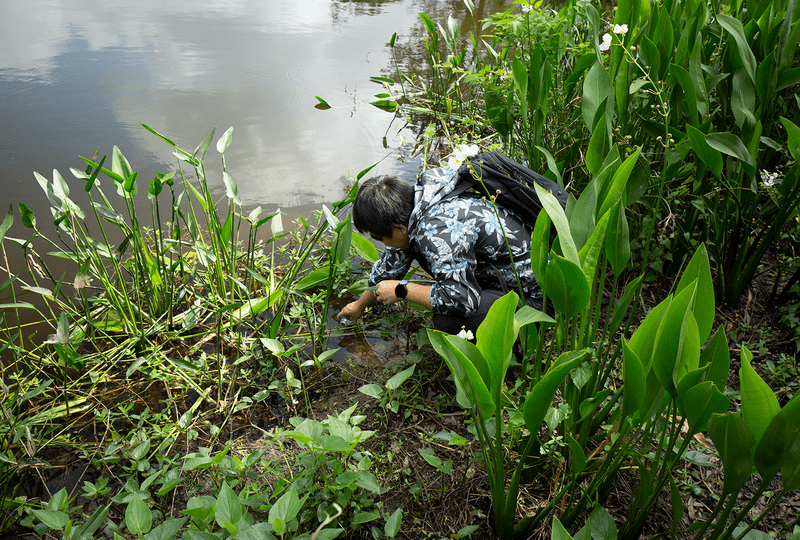
“They appreciate this area that allows them to feel like they are away from their everyday work and life,” Li said.
The researchers appreciated the space too, Li said, from the planning and design to the recreation opportunities and wildlife. “It’s really nice, the ecology they have there,” Li said. “The microclimate sensors have spider webs on them. You see snakes and butterflies. It’s a different kind of landscape compared to most of the urban parts of the city.”
While the team’s complete findings won’t be published until later this year, they said they learned a lot throughout the CSI process. “I feel like I made a big improvement in how to quantify areas of interest, how to conduct field measurements, and how to handle challenges,” Zhu said. “These skills will help me integrate research and design in the future.”
The team also noted the broader value of developing the capacity of landscape architects to evaluate the performance of their designs. “The ability to quantify the effects that landscape architecture has on a site and the context around it will do a significant amount for the profession,” Newman said. “It sets the standard for the profession and makes us much more evidence-based in design. We’re much more scientific than we used to be.”
The team’s full Case Study Brief, with quantified environmental, social, and economic benefits, will be available later this year on LandscapePerformance.org.
